Introduction to Truck Dolly Semi Trailers
In the intricate world of logistics and transportation, truck dolly semi trailers play a crucial role. These specialized vehicles are not only a linchpin in hauling goods across vast distances; they also enhance efficiency and safety in freight operations. The essence of a truck dolly lies in its versatility and design, enabling it to facilitate the transfer of heavy loads seamlessly.
What is a Truck Dolly?
A truck dolly, typically referred to as a semi-trailer dolly, is a vehicle designed to connect a semi-trailer to a tractor unit. This device acts as an intermediary, effectively stabilizing the connection between the truck and the semi-trailer. The dolly is engineered to carry a significant part of the trailer’s weight, allowing for improved maneuverability and easier handling during operations.
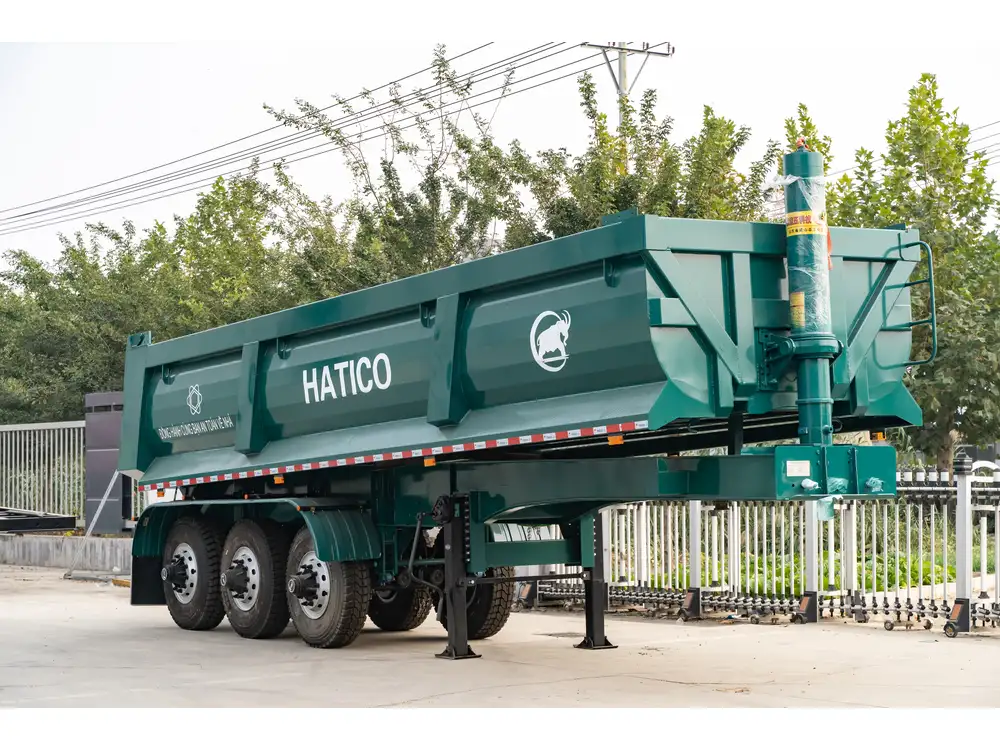
Key Features of Truck Dolly Semi Trailers
When assessing truck dolly semi trailers, several essential characteristics must be highlighted to understand their vital role in logistics and transportation:
| Feature | Description |
|---|---|
| Load Capacity | Capable of supporting maximum weights ranging up to 30,000 pounds per axle, facilitating heavy hauling. |
| Brake System | Equipped with advanced braking mechanisms, including air brakes, ensuring safety during transit. |
| Coupling Mechanism | High-quality couplings designed for easy attachment and robust security during transportation. |
| Material Composition | Constructed from lightweight yet durable materials, such as high-strength steel or aluminum alloys. |
| Tire Configuration | Often fitted with multiple axles and tires designed for reduced rolling resistance and improved traction. |
Benefits of Using Truck Dolly Semi Trailers
The adoption of truck dolly semi trailers in freight transport is bolstered by numerous benefits that cater to the needs of logistics companies:
1. Increased Flexibility
Truck dolly semi trailers offer unparalleled flexibility in transportation. They can be used with various trailer types, enabling businesses to adapt their operations based on shifting market demands. This adaptability translates to effective resource management and streamlined logistical workflows.
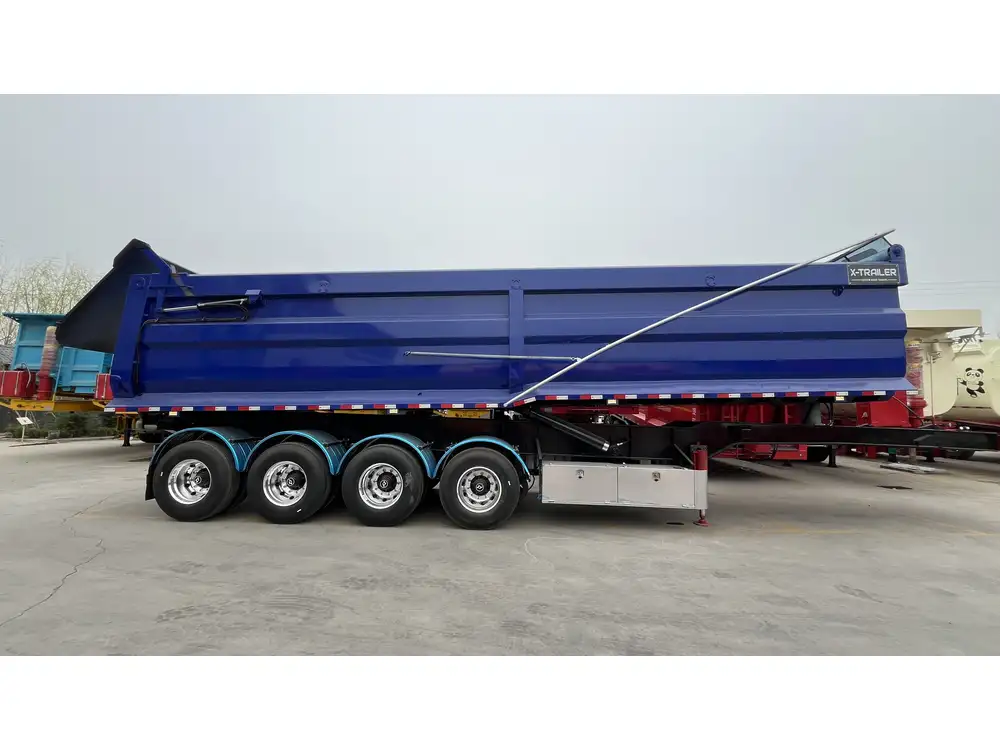
2. Enhanced Load Distribution
An essential feature of truck dolly semi trailers is their ability to evenly distribute weight across axles. This intelligent design minimizes wear and tear on both the trailer and the tractor, reducing maintenance costs over time. Moreover, it ensures compliance with legal weight limits imposed on roadways, thereby mitigating the risk of fines.
3. Improved Maneuverability
In tight spaces or urban environments, maneuverability is critical. The design of truck dolly semi trailers allows for sharper turns without compromising stability. This attribute is particularly advantageous when navigating loading docks or busy distribution centers.
The Structural Anatomy of a Truck Dolly Semi Trailer
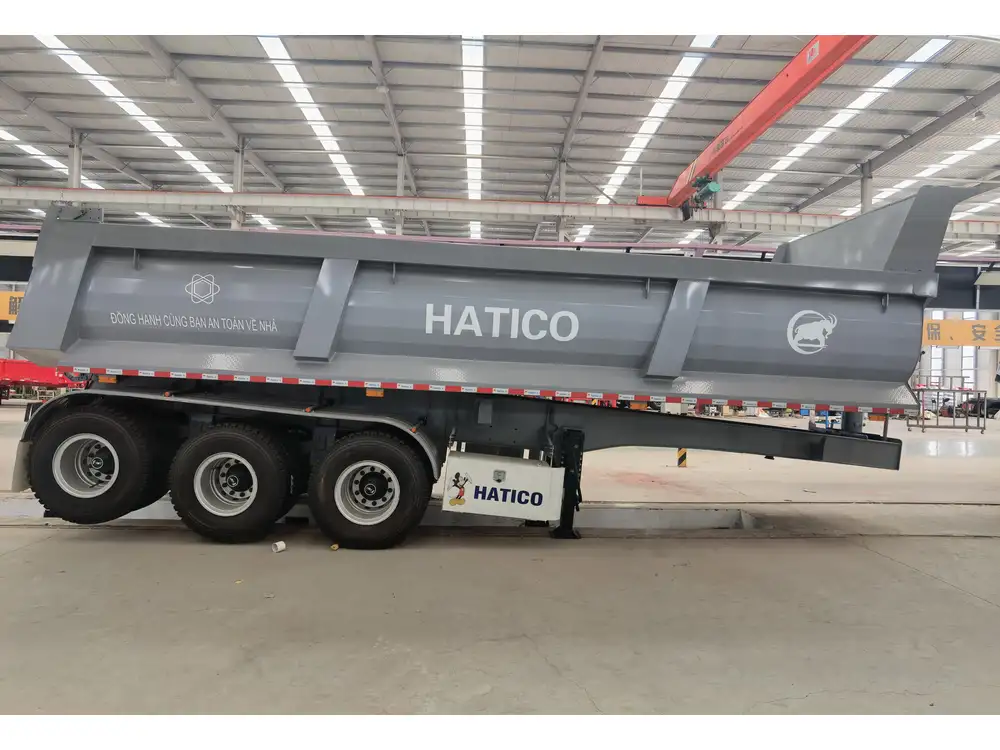
A. Dolly Frame
The dolly frame is the structural backbone of the truck dolly. Typically fabricated from high-strength steel, the frame must withstand immense stress while maintaining rigid integrity.
B. Axles
Equipped with multiple axles, the dolly ensures proper load distribution and minimizes road contact points, leading to less wear on the vehicle and roads alike. The axle configuration enhances stability during transport.
C. Coupling Device
The coupling device connects the dolly to the tractor. It incorporates a kingpin to maintain a secure connection, allowing for smoother transit and reducing the risk of accidental detachment.
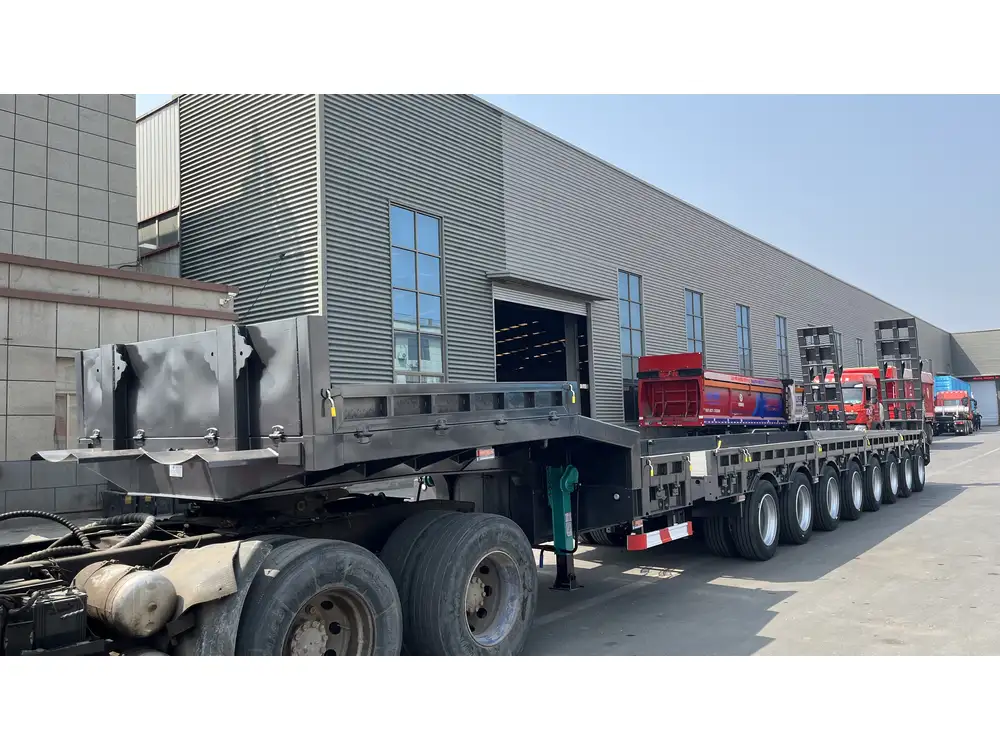
D. Braking System
Most semi trailers and dollies are fitted with a dual braking system comprising both service brakes and emergency brakes. This design fosters heightened safety measures during downhill descents or sudden stops.
Choosing the Right Truck Dolly Semi Trailer
Selecting the appropriate truck dolly semi trailer for your logistics operations requires consideration of several factors:
1. Load Requirements
The nature of the cargo significantly influences the choice of the dolly. Assessing weight, dimensions, and fragility allows logistics managers to select the correct model that meets specific operational needs.
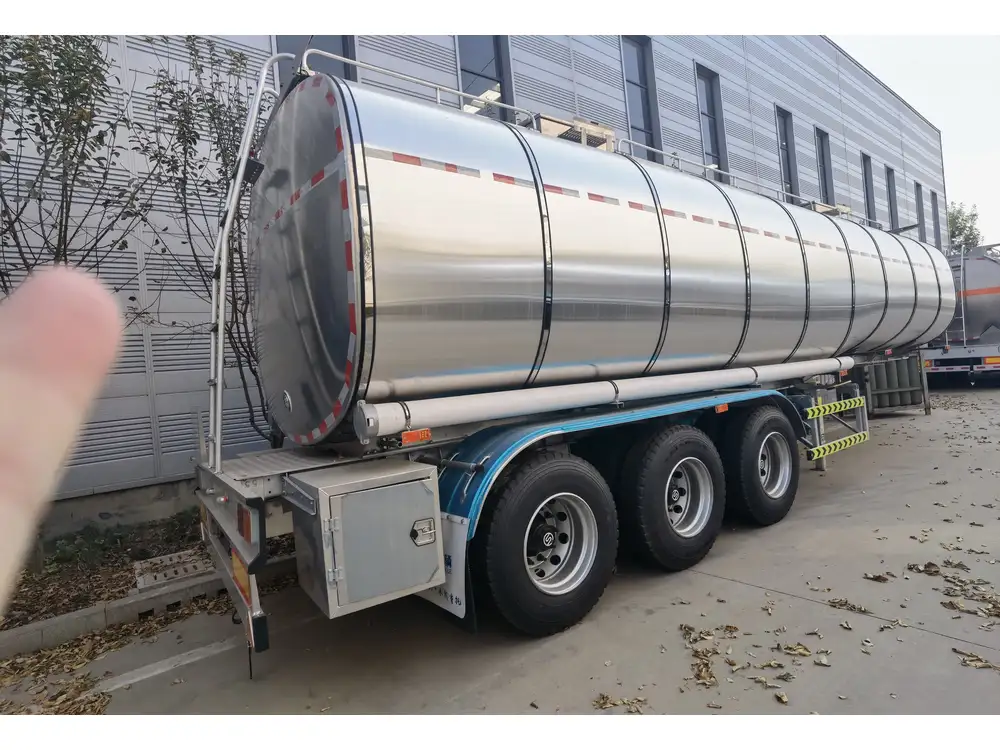
2. Operational Environment
Understanding the terrain and environment in which the dolly will operate is critical. For instance, if the dolly will navigate urban areas, a model with enhanced maneuverability and a compact design may be necessary.
3. Regulatory Compliance
Compliance with both local and national regulations is non-negotiable. Each jurisdiction has specific criteria for commercial vehicles, influencing specifications such as load capacities, brake systems, and overall dimensions.
| Criteria | Considerations |
|---|---|
| Weight Limit | Ensure the dolly supports your maximum cargo weight while adhering to regulations. |
| Tire Specification | Choose appropriate tires based on the operational terrain for better grip and performance. |
| Brake Efficacy | Evaluate the braking mechanism for reliability during unexpected conditions. |
Common Challenges in Truck Dolly Semi Trailer Operations
While truck dolly semi trailers provide numerous advantages in logistics, they are not devoid of challenges. Recognizing and addressing these issues can enhance operational efficiency:

1. Maintenance and Upkeep
Regular maintenance is paramount to ensure the longevity and reliability of truck dolly semi trailers. Factors such as tire wear, brake functionality, and structural integrity warrant routine inspection.
- Maintenance Schedule: A well-defined maintenance schedule can help identify issues before they lead to system failures.
- Documentation: Keeping records of maintenance activities helps track performance and compliance with regulatory requirements.
2. Driver Training
Mishandling or lack of familiarity with truck dolly semi trailers can lead to accidents or operational inefficiencies. Comprehensive training programs for drivers can mitigate such risks.
- Operational Techniques: Learning the nuances of handling different dolly configurations can prevent common issues related to weight distribution and braking.
- Safety Protocols: Drivers must be well-versed in safety protocols to minimize the risk of accidents.
3. Weather Conditions
Adverse weather conditions significantly impact driving, necessitating additional precautions. Snow, rain, or fog can affect visibility and traction. Strategies include:
- Vehicle Preparation: Use of tire chains or snow tires can enhance grip during winter months.
- Route Planning: Avoiding high-risk areas during inclement weather can enhance safety and efficiency.
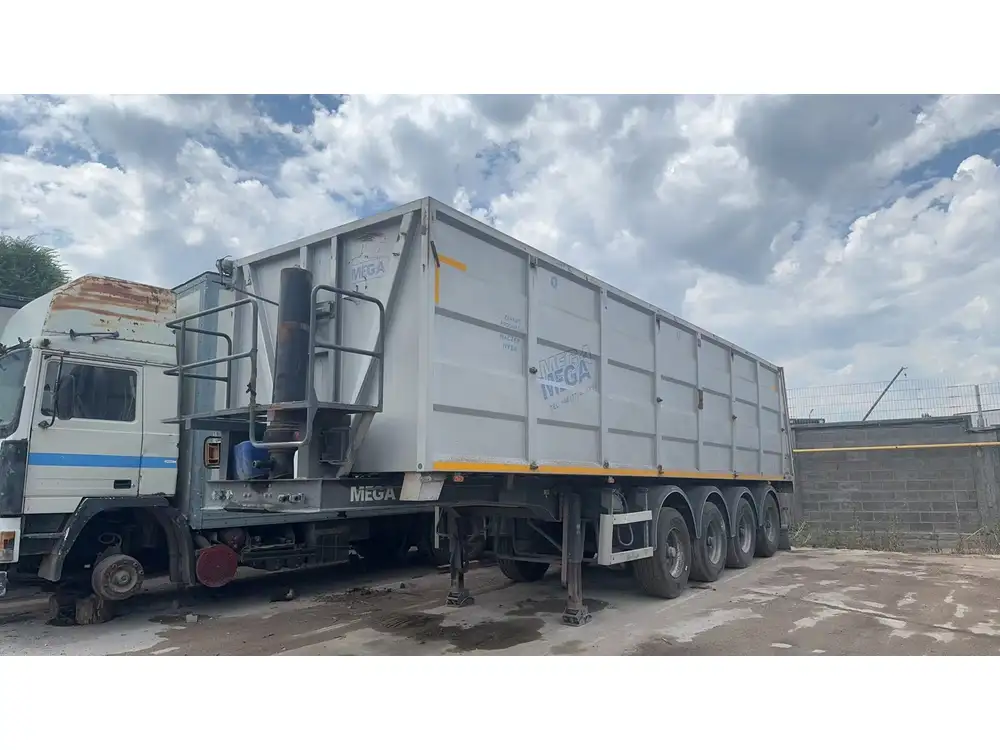
Considerations for the Future of Truck Dolly Semi Trailers
With technological advancements and evolving regulations, the future of truck dolly semi trailers appears promising but requires continual adaptation by manufacturers and operators alike:
1. Electric and Hybrid Options
As the transportation industry moves towards sustainability, electric truck dolly semi trailers will become increasingly prevalent. The focus will shift towards developing efficient electric motors paired with robust battery systems to accommodate heavy loads.
2. Advanced Safety Features
Expect the advent of sophisticated safety systems that integrate automation. These may include collision avoidance systems, enhanced GPS navigation, and real-time performance analytics to optimize routes and fuel efficiency.

3. Smart Connectivity
The incorporation of IoT (Internet of Things) technologies will revolutionize the monitoring and management of truck dolly semi trailers. Real-time data on tire pressure, brake performance, and load distribution can enhance decision-making and operational effectiveness.
Conclusion
Truck dolly semi trailers represent a vital component in the logistics sector, underpinning the effective movement of goods across extensive networks. Their design encourages flexibility, ensures enhanced load management, and promotes safety, fostering efficient transportation solutions. As the industry continues to evolve, staying informed about technological advancements and operational best practices will be essential. Choosing the right dolly and adhering to regular maintenance schedules can significantly enhance operational capabilities, thereby boosting overall productivity and profitability in modern transport logistics.



